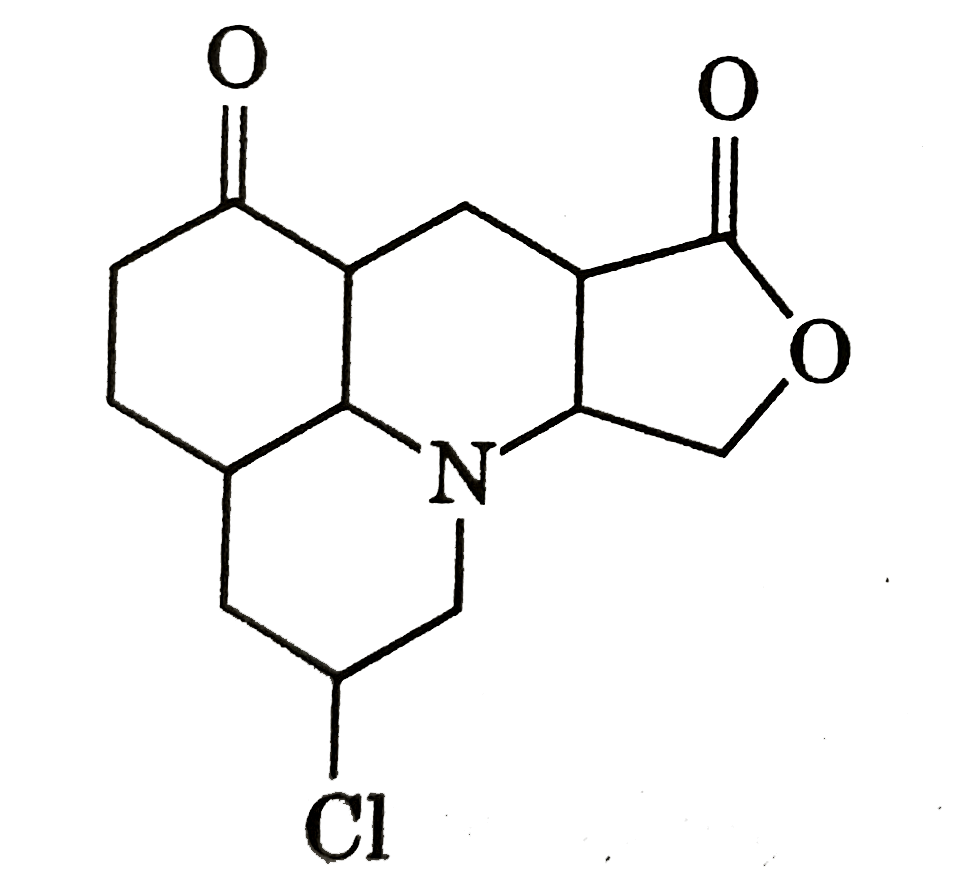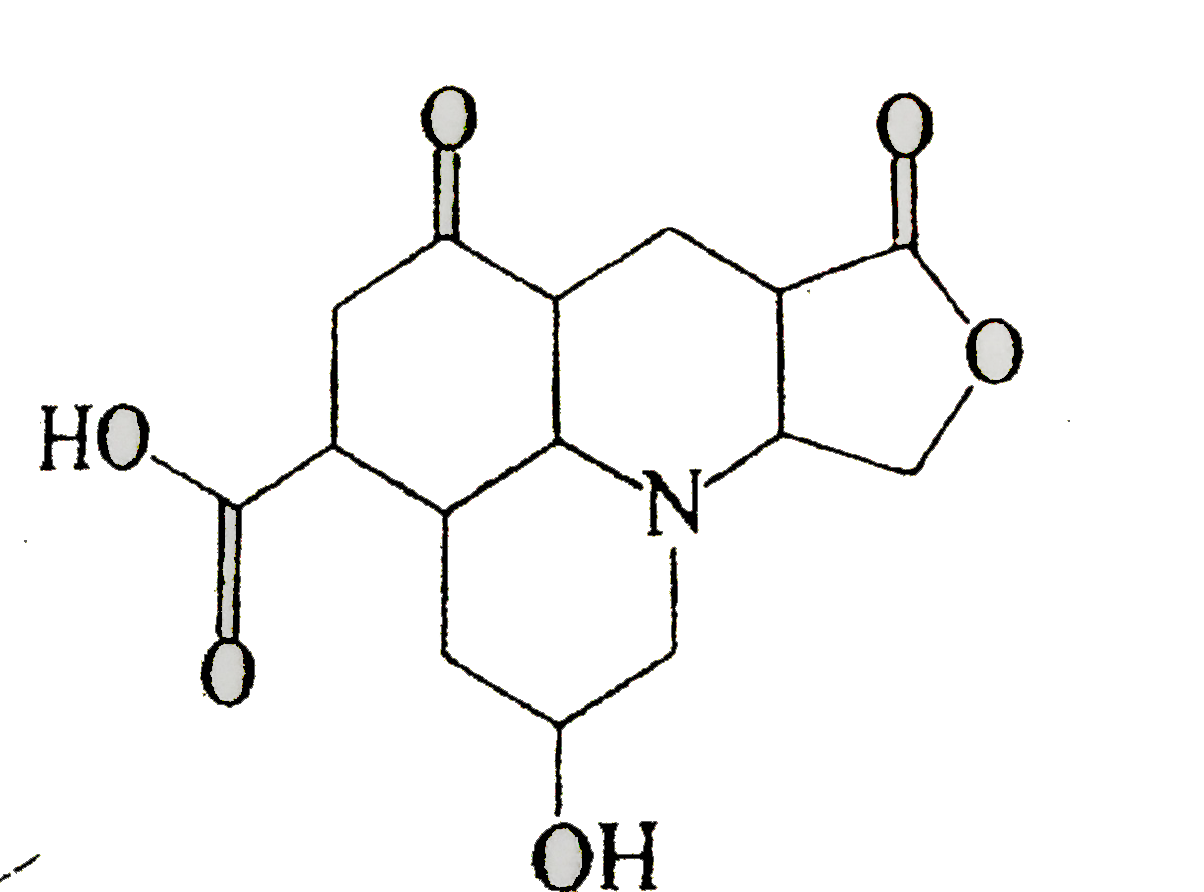The number of coordinating or ligating groups present in a ligand is called its ……. . '
To answer the question, "The number of coordinating or ligating groups present in a ligand is called its …….," we need to understand the concept of ligands and their properties in coordination chemistry.
1. Understanding Ligands:
- Ligands are molecules or ions that can donate a pair of electrons to a metal atom or ion to form a coordination complex.
2. Coordinating Groups:
- The groups within a ligand that can coordinate to a metal center are known as coordinating or ligating groups. Each of these groups typically contains a lone pair of electrons that can be donated to the metal.
3. Definition of Denticity:
- The term that describes the number of coordinating groups in a ligand is known as "denticity." Denticity refers to the number of donor atoms in a ligand that can bind to a central metal atom.
4. Types of Denticity:
- Ligands can be classified based on their denticity:
- Monodentate: Ligands that can attach through one donor atom.
- Bidentate: Ligands that can attach through two donor atoms.
- Polydentate: Ligands that can attach through multiple donor atoms.
5. Conclusion:
- Therefore, the answer to the question is that the number of coordinating or ligating groups present in a ligand is called its Denticity.
Final Answer:
The number of coordinating or ligating groups present in a ligand is called its Denticity.
- Ligands are molecules or ions that can donate a pair of electrons to a metal atom or ion to form a coordination complex.
- The groups within a ligand that can coordinate to a metal center are known as coordinating or ligating groups. Each of these groups typically contains a lone pair of electrons that can be donated to the metal.
- The term that describes the number of coordinating groups in a ligand is known as "denticity." Denticity refers to the number of donor atoms in a ligand that can bind to a central metal atom.
- Ligands can be classified based on their denticity:
- Monodentate: Ligands that can attach through one donor atom.
- Bidentate: Ligands that can attach through two donor atoms.
- Polydentate: Ligands that can attach through multiple donor atoms.
- Therefore, the answer to the question is that the number of coordinating or ligating groups present in a ligand is called its Denticity.
The number of coordinating or ligating groups present in a ligand is called its Denticity.
Topper's Solved these Questions
- BOOK - PRADEEPCHAPTER - CORDINATION COMPOUNDSEXERCISE - Conceptual Questions51videos
CORDINATION COMPOUNDS
- BOOK - PRADEEPCHAPTER - CORDINATION COMPOUNDSEXERCISE - NCERT INTEXT QUESTIONS18videos
CORDINATION COMPOUNDS
- BOOK - PRADEEPCHAPTER - CORDINATION COMPOUNDSEXERCISE - Test Your Grip29videos
CORDINATION COMPOUNDS
- BOOK - PRADEEPCHAPTER - CHEMISTRY IN EVERYDAY LIFE EXERCISE - IMPORTANT QUESTION FOR BOARD EXAMINATION30videos
CHEMISTRY IN EVERYDAY LIFE
- BOOK - PRADEEPCHAPTER - D- AND F-BLOCK ELEMENTSEXERCISE - IMPORTANT QUESTIONS30videos
D- AND F-BLOCK ELEMENTS
Similar Questions
Knowledge Check
- Question 1 - Select One
Number of atoms present in a molecule is called
Amole ratioBmolecularityCatomicityDAvogadro's number - Question 2 - Select One
Number of atoms present in a molecule is called
Amole ratioBmolecularityCatomicityDAvogadro's number - Question 3 - Select One
The number of linkage groups present in a diploid animal is
Aequal to the total number of choromsomesBhalf of the total number of chromosomesCa quarter of the total number of chromosomesDtwo-thirds of the total number of chromosomes
The number of bridged CO groups present in octacarbonylIdicobalt (O) is :
View SolutionTotal number of functional groups present in following compound:
 View Solution
View SolutionNumber of carboxylic acid groups present in picric acid is/are:
View SolutionNumber of 2∘ alcoholic group present in structure
 View Solution
View SolutionThe number of linkage group (s) present In Escherichia Coli is :
View Solution


